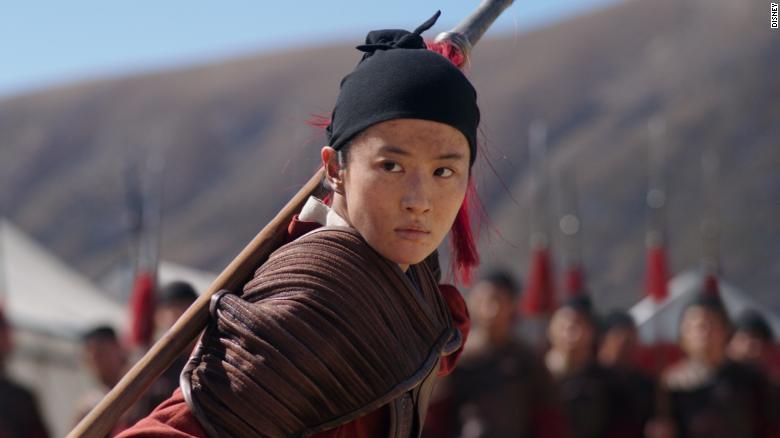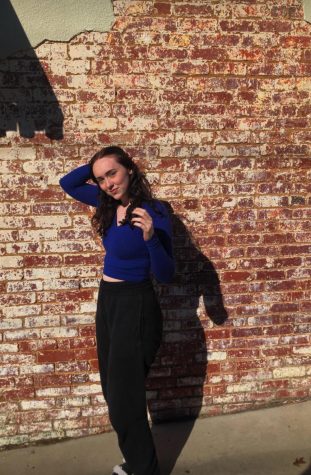Boycotts against Disney’s live-action Mulan
In an attempt to accurately portray the landscapes in this historical film, directors chose to film multiple scenes in the controversial province of Xinjiang, China. “It’s hard to watch the movie and not think about the horrible things that have happened in these places,” sophomore Ava Green said.
September 16, 2020
The new live-action Mulan has made an appearance on screens after months of anticipation. Due to the widespread pandemic creating obstacles in all aspects of life, the movie did not come out in theaters back in March as Disney originally intended. Finally, Disney fans can now buy the live-action movie on Disney Plus for thirty dollars with a subscription, yet this movie faces unexpected scrutiny. Boycotts have appeared following the release and now an opposition has formed against this new film.
Critics have called for protests and boycotts in response to the newest Disney film. The hashtag #BoycottMulan first started trending on social media because of the actress Liu Yifei, who plays the main character in Mulan. In 2019 she expressed her support for Hong Kong police, which pro-democracy activists greatly opposed. “I support the Hong Kong police. You can all attack me now. What a shame for Hong Kong,” The star wrote on Weibo, a Chinese social media platform similar to Twitter. Within minutes of posting the comment, she got called out for supporting police brutality.
This film received more publicity than planned and not just because of Liu Yifei’s comments, but also due to the filming location. The directors used the chameleon-like landscape of New Zealand as well as parts of China, more specifically in the Xinjiang Province. This region has drastically changed over the last couple of decades due to Beijing police forcibly altering the society and everyday lives of minority groups. In addition, the government has detained over 1 million Uighur Muslims into internment camps and greatly mistreated them. Along with this, something in the credits caught viewers’ eyes. Disney gave a special thanks to eight Xinjiang government organizations, one of which has a correlation to the internment camps that hold and torture hundreds of the Uighur people. In the credits they also thanked the “publicity department of CPC Xinjiang Uighur Autonomy Region Committee,” a Chinese Communist Party agency. By associating with supposedly corrupt and immoral groups Disney has tainted its name and caused an uproar amongst its viewers.
“It is sad that such a cinematically beautiful movie is related to something as horrible as the abuse and genocide of Muslims in China. I’m appalled that Disney would even support something like that.” Magnet sophomore Peyton Kelley said.
The conflict over this children’s movie has prevented people from seeing how much more complex the plot has become since the 1998 animated version and how the movie empowers women in numerous ways. It puts an interesting twist on an old Chinese tale, yet comment and the choice of location have pushed away a large portion of the film’s new audience.







